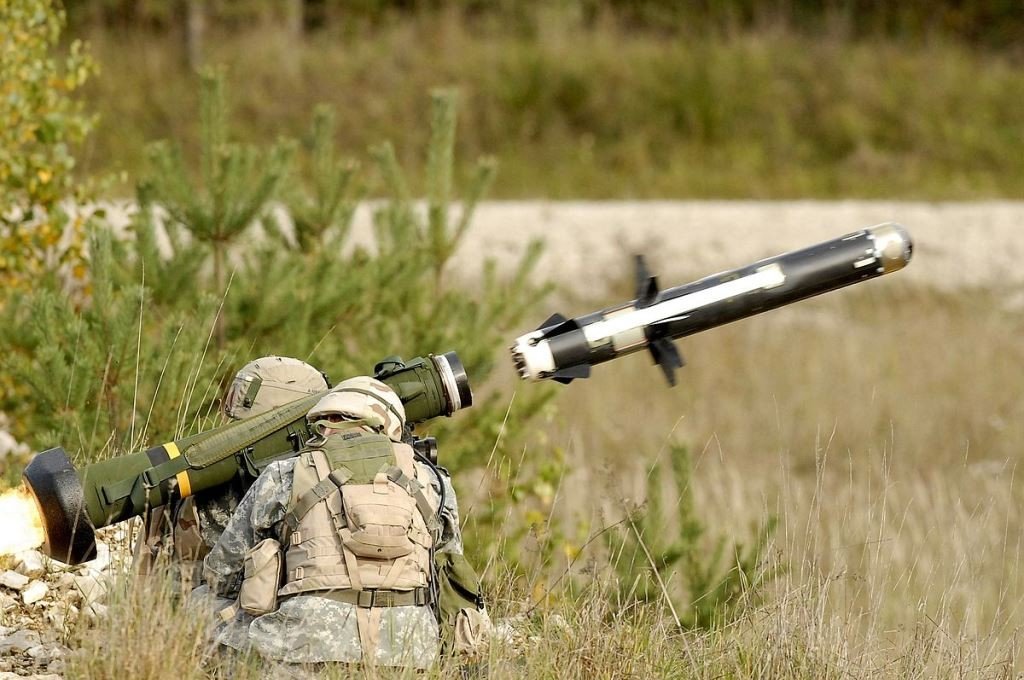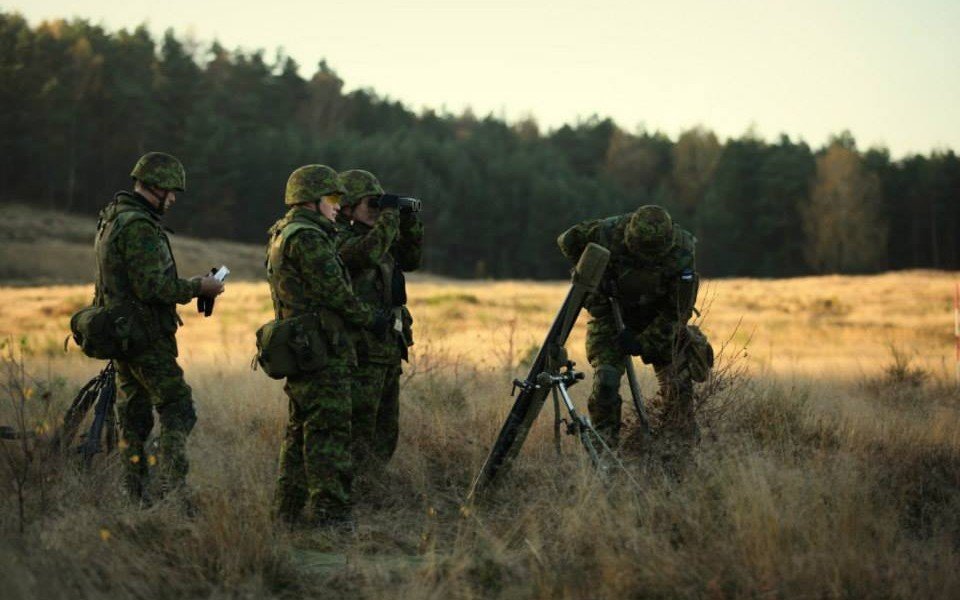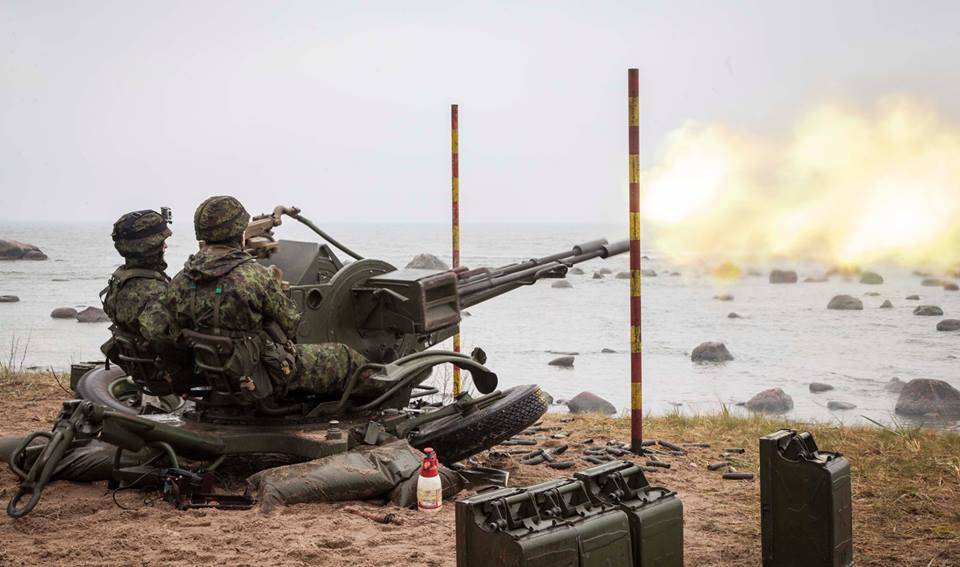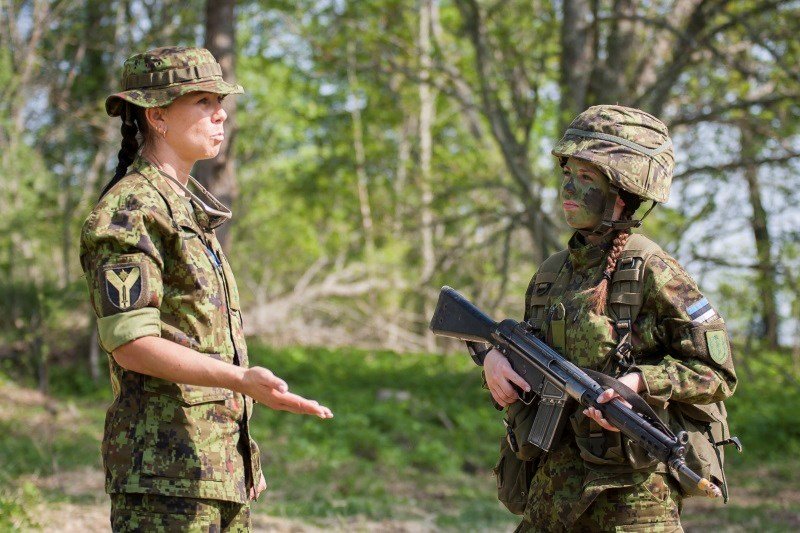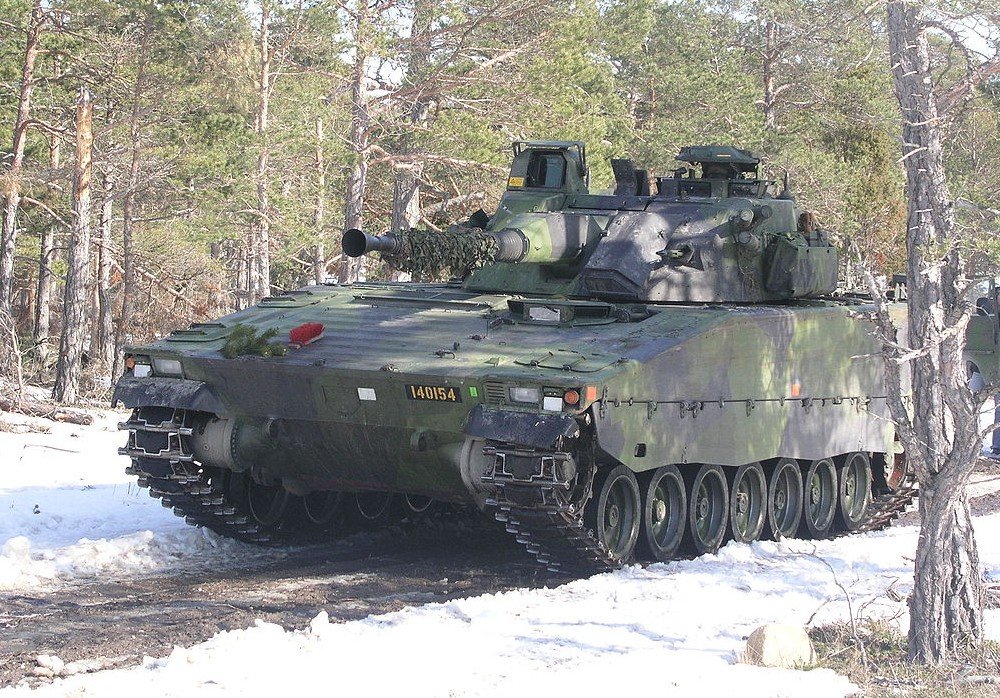A recent report by the RAND think tank concluded that Russian forces could reach the outskirts of Tallinn in just 60 hours. Pauli Järvenpää, a former Finnish diplomat, takes a more optimistic view.
Beginning in summer 2014 and extending for over a year, the RAND Arroyo Center conducted a series of wargames examining the results of possible Russian conventional aggression against the three Baltic NATO members Estonia, Latvia and Lithuania.
The report is a tough reading. With a wide range of experts in and out of uniform doing their utmost to defend Estonia, the longest it took the Russian forces to reach the outskirts of Tallinn was just 60 hours. Given today’s correlation of forces in the Baltic area, no matter what the Estonian military could do with the support of its NATO allies, it could not prevent the Russians from performing a coup de main on Estonia.
That is bad news, indeed. There is a saving grace, however. The players in the war games also found that, with some effort, the situation could be turned into the defenders’ favour. A defensive force of seven brigades, including at least three heavy armoured brigades – supported by adequate airpower, as well as sea and land-based firepower, and other military enablers on the ground – might prevent such a bleak outcome.
This is better news, of course, but the drawback of this solution is that such an effort to bolster the Baltic defences is not in the offing, at least not in the near future. While such deterrence would not be prohibitively expensive for an alliance of rich nations such as NATO – the RAND report estimates that the cost of three brand-new heavy brigades would run on the order of USD13 billion – such an amount of money is not insignificant. Besides, the costs of such a deterrent posture should also include the price tag of annual operating and maintenance costs, which are estimated at about USD3 billion per year. So let’s stop dreaming: such resources are simply not available.
However, there is another solution. Instead of attempting to deter Russian aggression in the traditional way of pitching armour against armour, weapon against weapon, Estonia could use its relative strengths of local knowledge, familiar terrain and supporting national infrastructure to its own advantage. Instead of trying to match the Russian arsenal – which would be exceedingly difficult if not impossible to do, according to the RAND report – Estonia could resort to what is being called deterrence by denial.
What do we mean by that? Deterrence by denial relies on trading space for time. It puts enemy troops at risk at the moment they step onto Estonian territory. It disrupts the enemy’s lines of communication and interrupts his logistics. It channels and slows down the aggressor’s forces. It forces him to regroup and restructure. And by bleeding him, it inflicts high human costs on the advancing aggressor. All in all, deterrence by denial persuades the enemy not to attack by convincing him that his attack will cost too much for what it gains.
Estonia is in a good position to create credible deterrence by denial. Its regular forces are very small, but by training more of its current pool of conscripts and utilising the Kaitseliit (the Defence League) potential better than now, Estonia could bolster its own defence capabilities quickly. By creating a high number of small units – perhaps no more than platoon-sized, or at the most, company-sized – and by equipping them with modern, simple-to-use but powerful defensive weapons, Estonia could readily raise a potent deterrence by denial.
These small units would utilise products of modern technologies, such as intelligence gathering and analysis systems, modern radios, target acquisition and reconnaissance capabilities, anti-tank missiles and shoulder-launched anti-air missiles (such as Javelin, TOW and Stinger), different kinds of drones, defensive and offensive cyber capabilities, and particularly its air-to-ground fire support assets (Joint Terminal Attack Controllers, JTAC). Traditional mortars, supported by modern counter-battery radars, should be part and parcel of the equipment.
Preparations should be done now, in peace-time: roads, bridges and railroads should be made ready for demolition, minefields should be planned, and mines should be cached. The units depicted here would also need to be extremely mobile and flexible, using hit-and-run tactics when needed or integrating themselves into larger units to maximise the joint impact of the individual elements when desired.
In addition to their main function of slowing down an aggressor’s attack, these troops would have the task of defending the key assets of Estonian society: airports, harbours, transportation nodes, power stations and military installations; in other words, targets that are very vulnerable today due to the lack of regular forces to protect them. These troops would know every nook and cranny of their operational area, since they would be recruited from and operating in or around their home towns and villages.
Creating and maintaining such deterrence by denial capability does not at all mean that Estonia should neglect its regular forces; quite the contrary. In General Riho Terras’ felicitous phrase, the Estonian defence needs “heavy metal” – tanks, armoured personnel carriers and artillery – to protect, for example, the key national targets (including Tallinn) against take-over attempts by the enemy’s air-assault troops. Estonians also need multiple-launch rocket systems, medium-to-long-range cruise missiles, and UAV’s to target the aggressor’s command-and-control centres and radar installations. And they definitely need all the assets their allies can muster to their defence.
However, this is easier said than done. Despite the laudable efforts by Estonia to spend more than 2% of its gross national product on military defence, there is only so far that the Estonian defence budget can go. Here, the alliance could and should come to the rescue. As a small member country like Estonia could not afford to purchase the very high-tech and complex systems for its inventory, it should be up to its larger and more prosperous allies to provide it with the necessary equipment, either through weapons donations or favourable loans and other easy conditions. After all, isn’t this one good reason what your allies are for?
This should also be politically appealing, because it would demonstrate deep alliance solidarity and contribute to deterrence in the whole Baltic Sea region.
I
This article was first published by ICDS (International Centre for Defence and Security). Cover: soldiers shooting out a Javelin missile.

